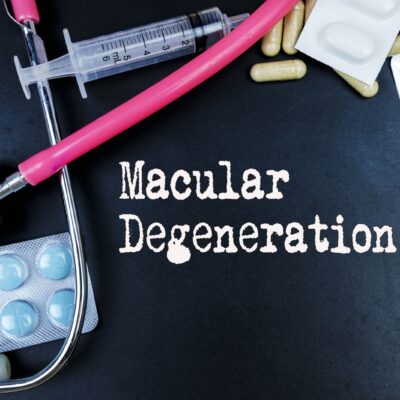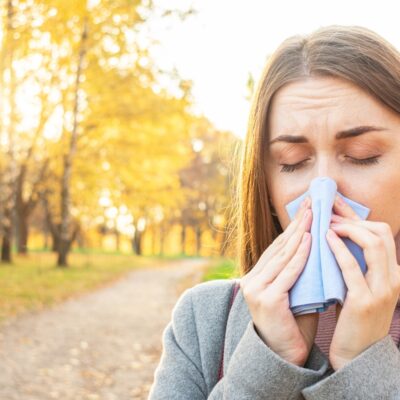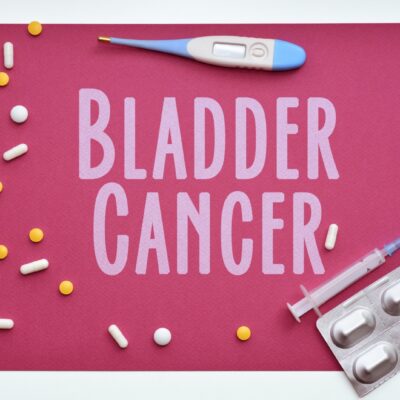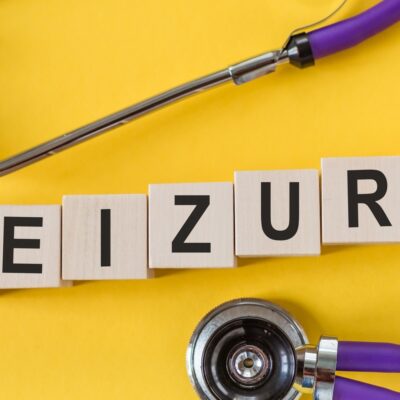
Health
Early Symptoms Of Thyroid Cancer
Thyroid cancer is a growth of cells that begins in the thyroid, a gland located at the base of the neck. The job of the thyroid gland is to produce hormones that regulate heart rate, blood pressure, body temperature, and weight. There are several types of thyroid cancer, including papillary thyroid cancer, follicular thyroid cancer, anaplastic thyroid cancer, medullary thyroid cancer, and more. There are different treatments for different types and stages, but Prasletinib, Gavreto, and Lenvatinib are listed as treatment medications. Other treatment therapies may include surgery, targeted drug therapy, radiation therapy, chemotherapy, and so on. Read on to learn the early symptoms of thyroid cancer: 1. A lump on the neck While a lump on the neck doesn’t always mean cancer, it’s essential to get it checked just in case. Thyroid cancer can cause a lump on the neck because of a swollen nodule—it can be felt through the skin as a large and hard lump, and it may also be painful or cause discomfort. 2. Changes to your voice With thyroid cancer, you may notice your voice changing—it may be more hoarse, you may speak louder, or you may speak higher or lower. This occurs because the thyroid gland is wrapped around your larynx (voice box), and the larynx has special receptors that react to the hormones released by the thyroid.
Read More 















